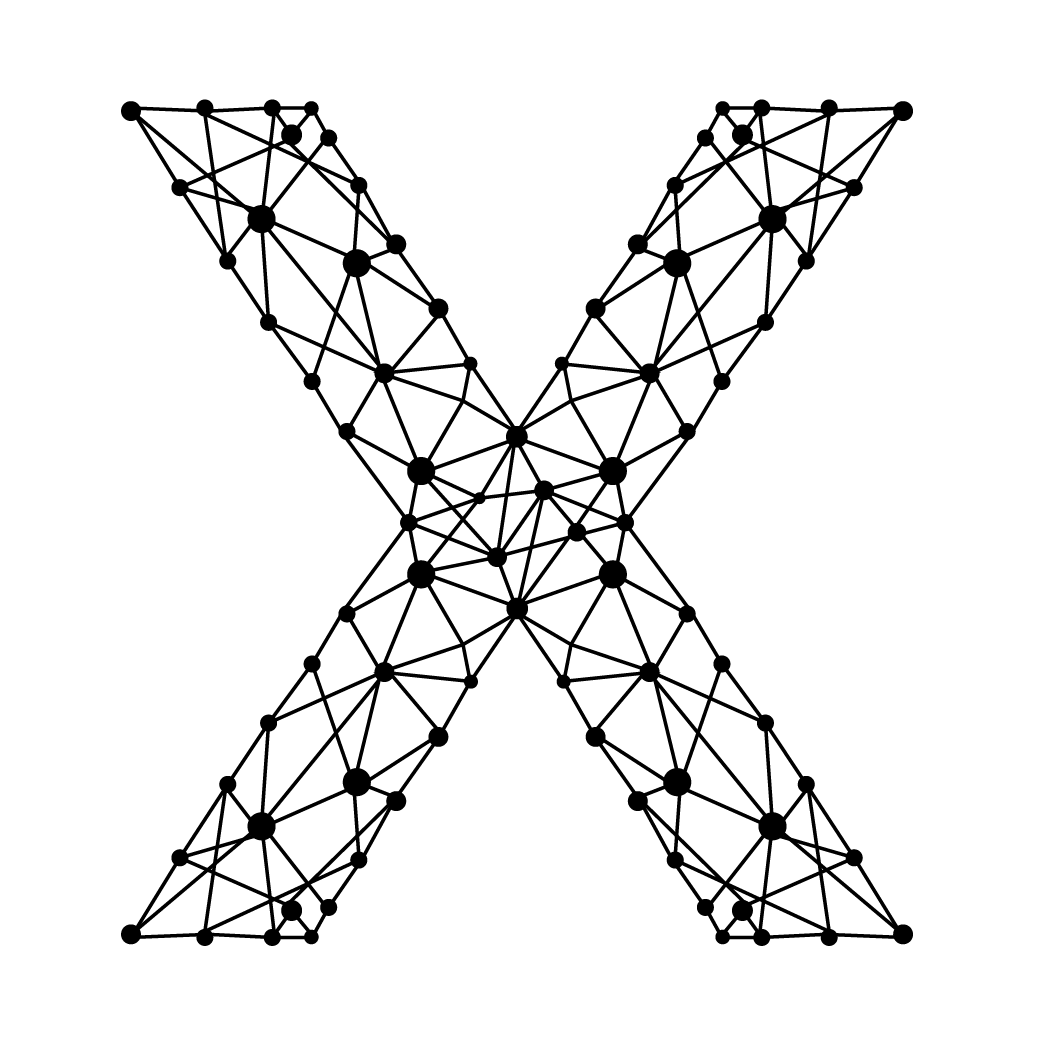OSI vs TCP/IP Models
Introduction
The OSI (Open Systems Interconnection) and TCP/IP (Transmission Control Protocol/Internet Protocol) models are conceptual frameworks used to standardize and understand how networks operate. While OSI has 7 layers, TCP/IP is a simpler 4-layer model used in the Internet. Here’s a detailed comparison:
OSI Model Layers
| OSI Layer | Description | Examples | Devices | Unit of Data | Example |
|---|---|---|---|---|---|
| 7. Application | Provides services directly to user applications. | HTTP, FTP, SMTP | Servers, Gateways | Data | Sending an email |
| 6. Presentation | Translates data between network and application formats. | SSL, TLS | Servers, Gateways | Data | Encrypting data |
| 5. Session | Manages connections between applications. | NetBIOS, RPC | Servers, Gateways | Data | Establishing a session |
| 4. Transport | Ensures reliable data transfer. | TCP, UDP | Routers, Firewalls | Segment | Establishing a TCP connection |
| 3. Network | Routes data across multiple networks. | IP, ICMP, Routing Protocols | Routers, Switches | Packet | Routing IP packets |
| 2. Data Link | Controls data on the physical network. | Ethernet, MAC Addresses | Switches, Bridges | Frame | Switching Ethernet frames |
| 1. Physical | Transmits raw bit streams over physical medium. | Ethernet cables, Wi-Fi signals | Network Interface Cards (NICs) | Bit | Sending electrical signals |
Comparison to TCP/IP Model
| OSI Layer | TCP/IP Layer | Description |
|---|---|---|
| 7. Application | Application | Provides services directly to user applications. |
| 6. Presentation | Not directly mapped | Handles data formats, encryption, etc. |
| 5. Session | Not directly mapped | Manages sessions, similar to TCP/UDP. |
| 4. Transport | Transport | Ensures reliable data transfer. |
| 3. Network | Internet | Routes data across multiple networks. |
| 2. Data Link | Data Link | Controls data on the physical network. |
| 1. Physical | Physical | Transmits raw bit streams over physical medium. |
Terminology Differences
While both models define similar concepts, terminology may differ:
- Packet vs Frame: OSI uses "packet" at Layer 3 (Network), while TCP/IP uses "packet" generally for data units.
- Segment: TCP/IP uses "segment" at Layer 4 (Transport) for data units.
- Unit of Data: OSI layers use different terms (data, frame, packet) based on the layer's function.
Devices Used at Each Level
- Application: Servers, Gateways
- Presentation: Servers, Gateways
- Session: Servers, Gateways
- Transport: Routers, Firewalls
- Network: Routers, Switches
- Data Link: Switches, Bridges
- Physical: Network Interface Cards (NICs)
Conclusion
Understanding the OSI and TCP/IP models is essential for designing, implementing, and troubleshooting networks. While OSI provides a comprehensive framework, TCP/IP is practical and widely used in the Internet. Both models serve to standardize network communication and ensure interoperability across diverse systems.
